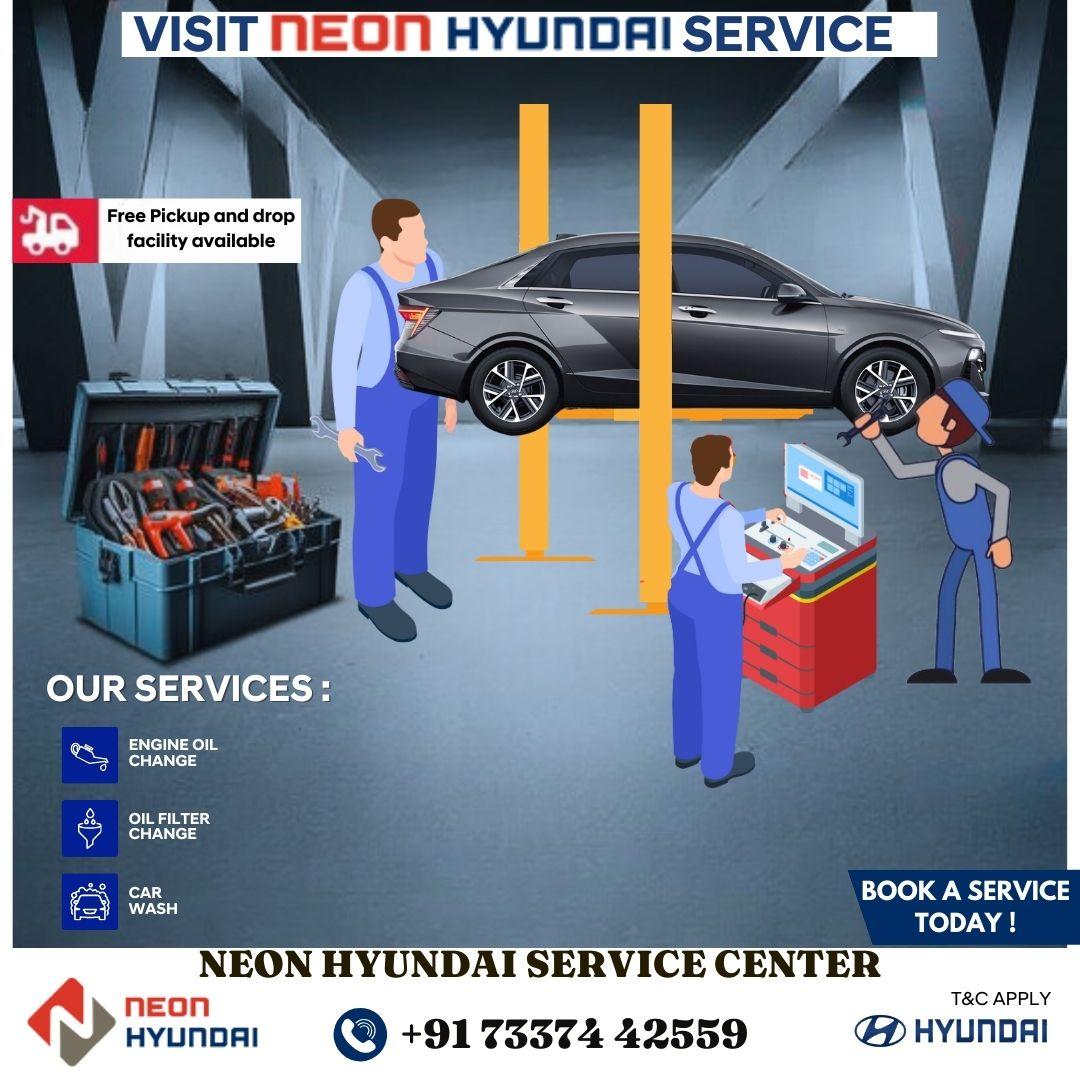If you’re in the business of heavy machinery. You know the importance of reliable hydraulic hoses. These hoses are essential for the smooth operation of your equipment, and choosing the right one can mean the difference between a job well done and a costly breakdown. But with so many options available, it can be overwhelming to know which one to choose. That’s why in this article, we’ll discuss choosing the right hydraulic hose for your equipment. We’ll cover everything from the different types of hoses available to the factors you should consider before making your purchase. So whether you’re a seasoned professional or just starting out in the industry, read on to learn everything you need to know about selecting the perfect hydraulic hose for your equipment.
Types Of Hydraulic Hoses
There are several different types of purchase hydraulic hose available, each with its own unique properties and benefits. The most common types of hydraulic hoses include:
1. SAE 100R1
SAE 100R1 hydraulic hoses are designed for low to medium-pressure hydraulic applications, which is why most people love to purchase hydraulic hose. They are made with a synthetic rubber tube, one steel wire braid reinforcement, and a synthetic rubber cover. These hoses are known for their durability and flexibility, making them a popular choice for a wide range of applications.
2. SAE 100R2
SAE 100R2 hydraulic hoses are similar to SAE 100R1 hoses, but they are designed for higher-pressure applications. They are made with two steel wire braids and are able to withstand high-pressure and high-temperature environments. These hoses are commonly used in heavy machinery and construction equipment.
3. SAE 100R3
SAE 100R3 hydraulic hoses are designed for low-pressure hydraulic applications. They are made with a synthetic rubber tube, two textile braids, and a synthetic rubber cover. These hoses are known for their flexibility and are commonly used in low-pressure hydraulic systems and air conditioning systems.
4. SAE 100R4
SAE 100R4 hydraulic hoses are designed for suction and return lines. They are made with a synthetic rubber tube, a helix wire reinforcement, and a synthetic rubber cover. These hoses are commonly used in hydraulic systems that require suction or return lines, such as oilfield equipment and construction machinery.
5. SAE 100R5
SAE 100R5 hydraulic hoses are designed for medium-pressure applications. They are made with a synthetic rubber tube, one textile braid reinforcement, and one high-tensile steel wire braid reinforcement. These hoses are commonly used in hydraulic systems that require a flexible hose with a tight bend radius.
6. SAE 100R6
SAE 100R6 hydraulic hoses are designed for low-pressure hydraulic applications. They are made with a synthetic rubber tube, one textile braid reinforcement, and a synthetic rubber cover. These hoses are commonly used in hydraulic systems that require a flexible hose with a tight bend radius.
Factors To Consider When Choosing A Hydraulic Hose
Choosing the right hydraulic hose for your equipment can be a daunting task, but there are several factors that you should consider before making your purchase. These factors include:
1. Pressure
The pressure rating of your hydraulic hose is one of the most important factors to consider. You need to make sure that the hose you choose can withstand the pressure of your hydraulic system. If your hose is not rated for the pressure of your system, it could fail and cause damage to your equipment.
2. Temperature
The temperature of your hydraulic system is another important factor to consider. You need to make sure that the hose you choose can withstand the temperature of your system. If your hose is not rated for the temperature of your system, it could fail and cause damage to your equipment.
3. Flexibility
The flexibility of your hydraulic hose is also an important factor to consider. You need to make sure that the hose you choose is flexible enough to fit into tight spaces and around corners. If your hose is not flexible enough, it could be difficult to install and could cause problems with the operation of your equipment.
4. Chemical Compatibility
The chemicals used in your hydraulic system can also affect the performance of your hydraulic hose. You need to make sure that the hose you choose is compatible with the chemicals used in your system. If your hose is not compatible with the chemicals used in your system, it could fail and cause damage to your equipment.
5. Length
The length of your hydraulic hose is another important factor to consider. You need to make sure that the hose you choose is long enough to reach all of the components in your hydraulic system. If your hose is too short, it could be difficult to install and could cause problems with the operation of your equipment.
Conclusion
In conclusion, choosing the right hydraulic hose for your equipment is crucial for the smooth operation of your machinery. By considering the factors outlined in this article, you can make an informed decision and avoid common mistakes. Remember to choose a hose that is rated for the pressure and temperature of your system, that is flexible enough to fit into tight spaces, and that is compatible with the chemicals used in your system. With the right hydraulic hose, you can ensure the reliability and longevity of your equipment.






